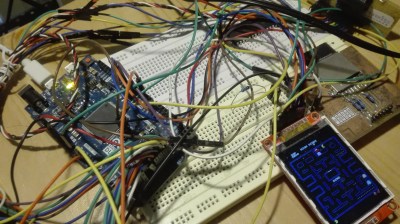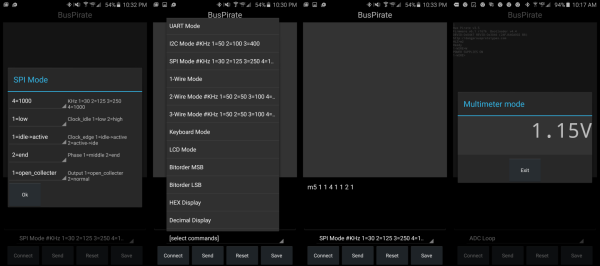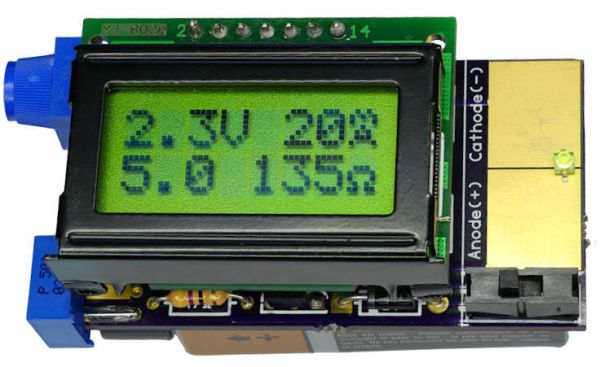Getting software-defined radio (SDR) tools into the hands of the community has been great for the development and decoding of previously-cryptic, if not encrypted, radio signals the world over. As soon as there’s a new protocol or modulation method, it’s in everyone’s sights. A lot of people have been working on LoRa, and [bertrik] at RevSpace in The Hague has done some work of his own, and put together an amazing summary of the state of the art.
LoRa is a new(ish) modulation scheme for low-power radios. It’s patented, so there’s some information about it available. But it’s also proprietary, meaning that you need a license to produce a radio that uses the encoding. In keeping with today’s buzzwords, LoRa is marketed as a wide area network for the internet of things. HopeRF makes a LoRa module that’s fairly affordable, and naturally [bertrik] has already written an Arduino library for using it.
So with a LoRa radio in hand, and a $15 RTL-SDR dongle connected to a laptop, [bertrik] got some captures, converted the FM-modulated chirps down to audio, and did a bunch of hand analysis. He confirmed that an existing plugins for sdrangelove did (mostly) what they should, and he wrote it all up, complete with a fantastic set of links.
There’s more work to be done, so if you’re interested in hacking on LoRa, or just having a look under the hood of this new modulation scheme, you’ve now got a great starting place.


















